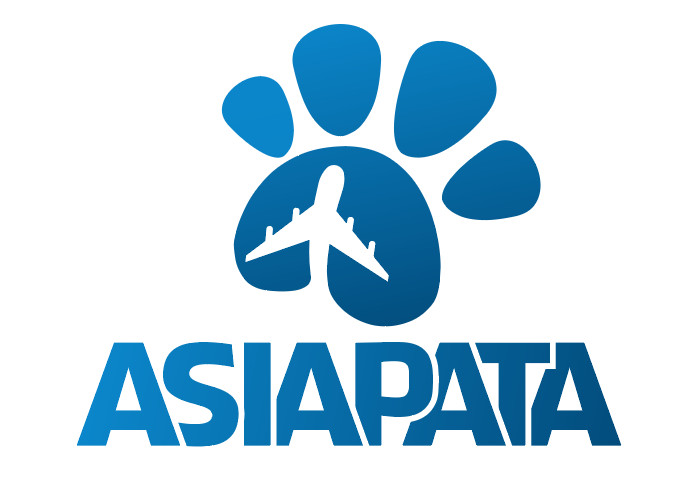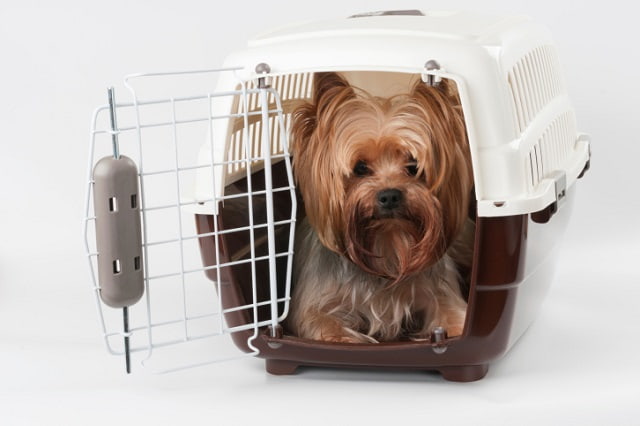Transporting pets internationally is no simple task, especially when crossing borders with complex customs, health regulations, and transport logistics. Whether you are relocating, going on an extended trip, or sending a beloved pet to join family in Cambodia, ensuring a safe and smooth journey from Hanoi for your furry friend takes careful preparation.
This guide will walk you through everything you need to know about pet transportation from Hanoi to Cambodia, including legal requirements, recommended methods of transport, and tips for reducing your pet’s stress along the way.
1. Is It Legal to Transport Pets from Vietnam to Cambodia?
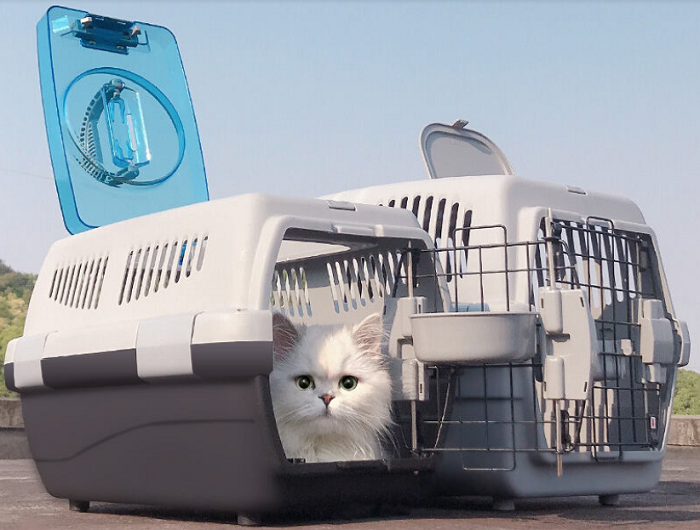
Yes, it is completely legal to transport pets from Vietnam to Cambodia, provided that you comply with the destination country’s import regulations and Vietnam’s export requirements. While Cambodia is known for relatively relaxed regulations compared to Western countries, proper documentation is still required.
Cambodian customs authorities may inspect animals upon arrival, especially if you’re crossing through land borders such as Moc Bai–Bavet or Tinh Bien–Phnom Den. For air travel, airports like Phnom Penh International Airport also have their own inspection procedures.
2. Required Documents and Health Regulations
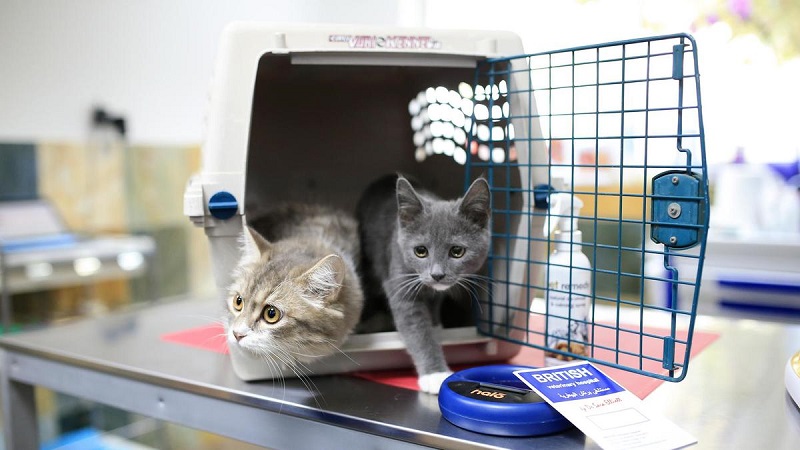
To legally transport a dog or cat from Hanoi to Cambodia, you’ll need the following documents:
A. Health Certificate
- Issued by a licensed Vietnamese veterinarian.
- Should state that the pet is in good health and fit to travel.
- Usually must be issued within 7 days before departure.
B. Rabies Vaccination Certificate
- Cambodia requires pets to have a valid rabies vaccination.
- The vaccine must be administered at least 21 days before travel and within the last 12 months.
C. Export Permit (Optional in some cases)
- Vietnam’s Department of Animal Health may require an export permit, particularly if you are traveling by air.
- If crossing by land for personal relocation, you may not be asked to present one, but it’s safer to carry.
3. Transport Options: Land vs. Air
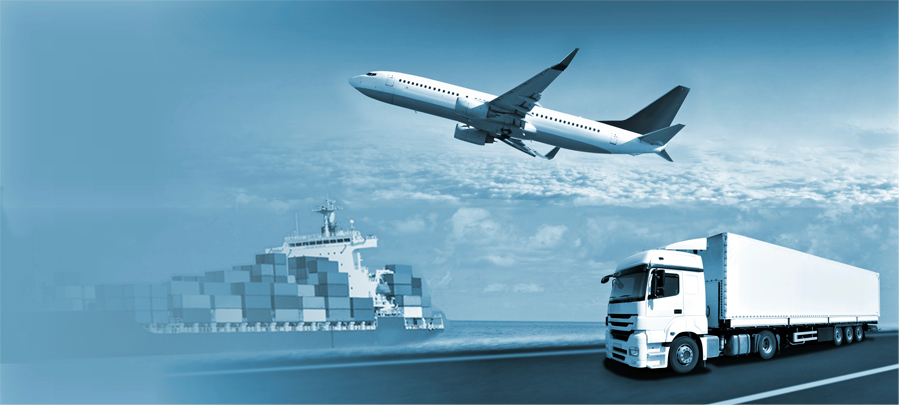
You have two main options to get your pet from Hanoi to Cambodia:
A. Land Transport (By Car or Pet Relocation Service)
Land transportation is often preferred for short to medium-distance relocations within Southeast Asia.
Advantages:
- Less stressful for pets (no cargo holds or loud engines).
- More affordable than air travel.
- Flexibility in stops and timing.
Disadvantages:
- Travel time is longer (12–18 hours depending on the border crossing and traffic).
- Some borders may require extra inspection or bribes if paperwork is incomplete.
If you are using a professional pet relocation service, they will typically handle:
- Veterinary checkups.
- Documentation.
- Border customs clearance.
- Secure and climate-controlled transport crates.
B. Air Transport (Hanoi to Phnom Penh or Siem Reap)
Flying is faster and more suitable for larger pets or owners with limited time.
Steps:
- Book a pet-friendly airline (Vietnam Airlines often handles regional pet cargo).
- Submit paperwork to the airline and Cambodian authorities.
- Ensure an IATA-approved travel crate.
- Provide a feeding schedule and ID tags for your pet.
Important: Some airlines require pets to fly as cargo unless they are small enough to fit in an under-seat cabin bag.
4. Pre-Travel Preparation for Your Pet

A. Visit the Vet
At least 2 weeks before travel, take your pet for a checkup:
- Ensure all vaccinations are up to date.
- Get a microchip implanted (not required by Cambodia, but highly recommended).
- Request the international health certificate.
B. Crate Training
If your pet isn’t used to a crate, start training them at least 1–2 weeks in advance. Let them spend short periods in the crate daily, gradually increasing the time.
C. Hydration and Feeding
- Feed your pet a light meal 4–6 hours before departure.
- Always provide access to clean water during travel.
- Freeze a bowl of water before the trip—this will slowly melt and provide hydration without spillage.
5. What Happens at the Cambodia Border or Airport?
Upon arrival at the Cambodian border (land or air), customs officers may:
- Inspect your pet.
- Check documents like the health certificate and vaccination proof.
- Collect a small fee for processing (typically under $10).
As of the latest updates, Cambodia does not enforce quarantine for pets with proper paperwork. However, in cases of missing or incomplete documents, your pet may be denied entry or held until clearance.
6. Cost of Pet Transportation from Hanoi to Cambodia

Costs vary depending on transport mode and whether you use a professional service. Here’s a rough estimate:
| Item | Estimated Cost (USD) |
|---|---|
| Vet Check & Vaccinations | $30 – $100 |
| Health Certificate | $20 – $40 |
| Transport Crate | $30 – $100 |
| Ground Transport (via Service) | $200 – $500 |
| Air Cargo (medium pet) | $250 – $600 |
| Pet Relocation Agent (optional) | $100 – $300 |
Hiring a licensed pet relocation service often provides peace of mind and simplifies the complex process, especially if you’re unfamiliar with cross-border regulations.
7. Tips for a Safe and Comfortable Journey
- Use calming aids (with veterinary approval) if your pet is anxious.
- Label your pet’s crate with your contact info and destination address.
- Attach feeding instructions to the crate if someone else is handling the pet.
- Carry extra food, a leash, poop bags, and a copy of all documents.
Conclusion
Transporting your pet from Hanoi to Cambodia is a manageable process with the right preparation. From securing the correct documents to choosing the most comfortable mode of travel, each step ensures your furry friend arrives safely and stress-free. Whether you’re crossing borders by land or flying over them, planning ahead is the key to a smooth and joyful reunion on the other side.
Related Articles
- Everything You Need to Know About Pet Relocation in Asia
- Vietnam International Pet Shipping Services
